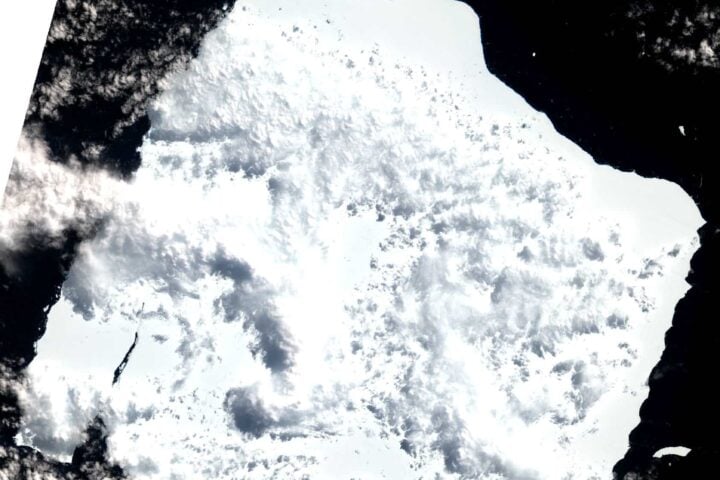In a recent report, Euan Nisbet, a renowned climate scientist, shed light on a concerning trend: the rapid rise of methane in Earth’s atmosphere since 2006. This rise, unlike the CO₂ increase, seems to come more from biological sources than from burning fossil fuels. “This might signal that a great transition in Earth’s climate has begun,” Nisbet warns.
Methane, though present in smaller quantities than CO₂, is a formidable greenhouse gas. “Molecule for molecule, methane is a much more potent greenhouse gas than CO₂,” Nisbet points out. While CO₂ lingers in the atmosphere for centuries, methane’s stay is shorter, lasting slightly less than a decade. However, its potency in trapping heat makes it a significant threat to our climate goals.
Before the industrial revolution, methane levels were approximately 0.7 ppm. Alarmingly, this figure has now soared to over 1.9 ppm. “Now it is over 1.9 ppm and rising fast,” states Nisbet. While approximately three-fifths of these emissions stem from fossil fuel use, agriculture, and waste, a significant portion originates from natural sources. Vegetation decaying in tropical and northern wetlands is a prime contributor.
The crux of the matter is the role methane plays in our climate system. It’s not just a byproduct but also a messenger, signaling shifts in our climate. “Methane is both a driver and a messenger of climate change,” Nisbet emphasizes. The pattern of methane’s growth since 2006 eerily mirrors its behavior during significant climatic shifts in Earth’s distant past.
Diving into the historical context, methane levels had plateaued by the end of the 1990s after a rapid rise in the previous centuries. This stabilization was primarily due to fossil fuel emissions. However, in a surprising twist, methane levels began to climb swiftly in late 2006. “In late 2006, atmospheric methane unexpectedly began rising,” Nisbet recalls. This resurgence in methane levels seems to be fueled by emissions from wetlands, especially near the equator. Climate change, with its increased rainfall and warmer temperatures, has expanded wetlands and boosted plant growth. This, in turn, provides more decomposing matter, leading to more methane.
Historical data indicates that Earth’s climate has alternated between cold and warm periods. These transitions, known as “terminations,” are marked by sharp spikes in atmospheric methane. “With each flip from a glacial to an interglacial climate, there have been sudden, sharp rises in atmospheric methane,” Nisbet notes. These transitions span several millennia, with some phases witnessing rapid climate changes in mere decades. For instance, Greenland’s temperature once shot up by around 10°C within a few decades.
Similar Posts
Considering current trends, we might be approaching a major climate change. There’s ample evidence that our climate is undergoing a transformation. From slowing Atlantic ocean currents to expanding tropical weather regions and record-breaking oceanic heat, the signs are evident.
While the situation is dire, Nisbet believes there’s still hope. “There’s much to be done that could hastily stop methane’s rise: plugging leaks in the oil and gas industry, covering landfills with soil, reducing crop-waste burning,” he suggests. Addressing methane won’t halt climate change entirely, driven primarily by CO₂ emissions, but it’s a step in the right direction.
While the future remains uncertain, Nisbet leaves us with a thought-provoking question: “Methane’s signal is still unclear, but the question remains: has Termination Zero begun?” Only time will tell, but for now, the onus is on us to heed the warnings and act.
Note: This article is based on information sourced from Euan Nisbet’s report on “Rising methane: A sign that Earth’s climate is part-way through a termination-level transition,” published on The Conversation.

















